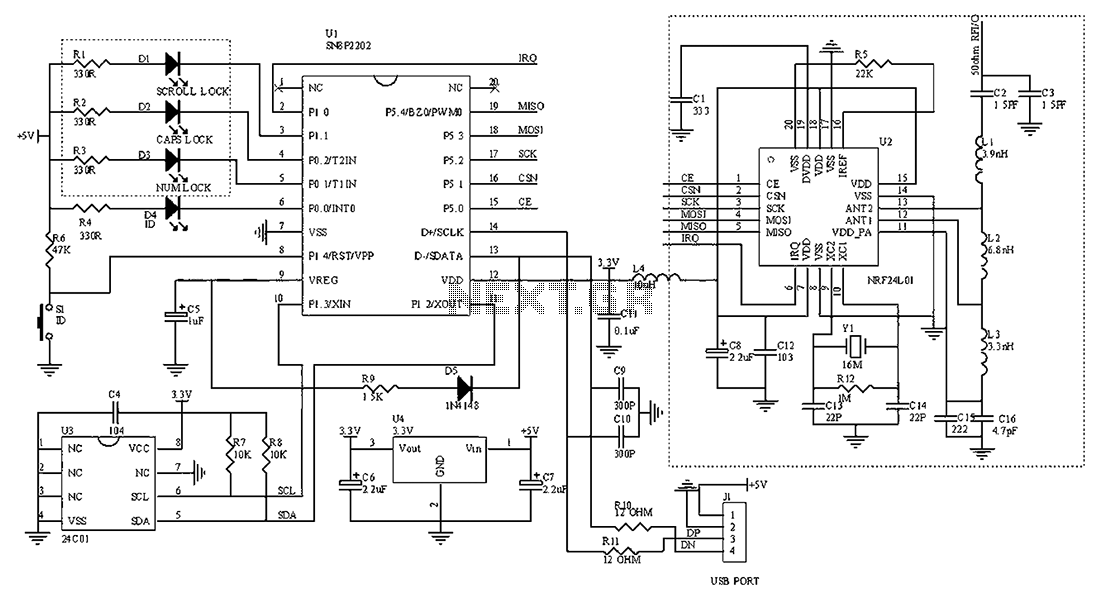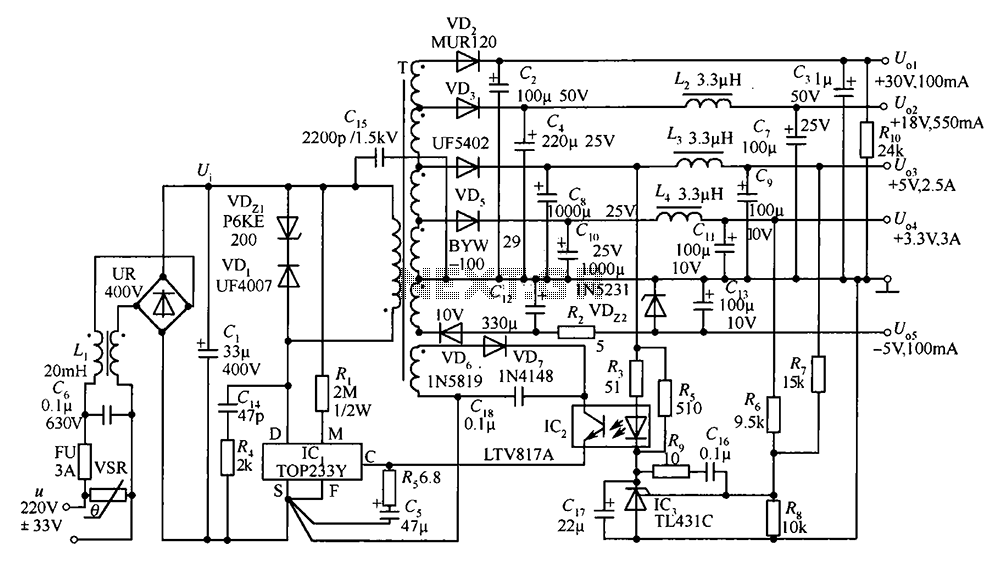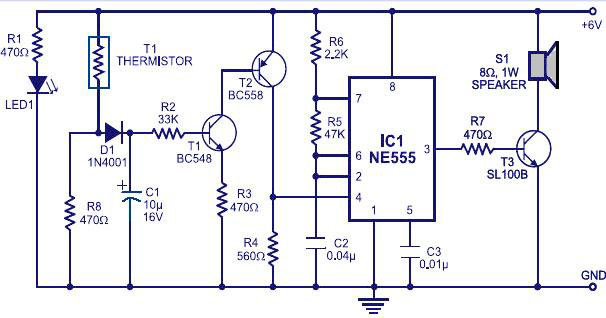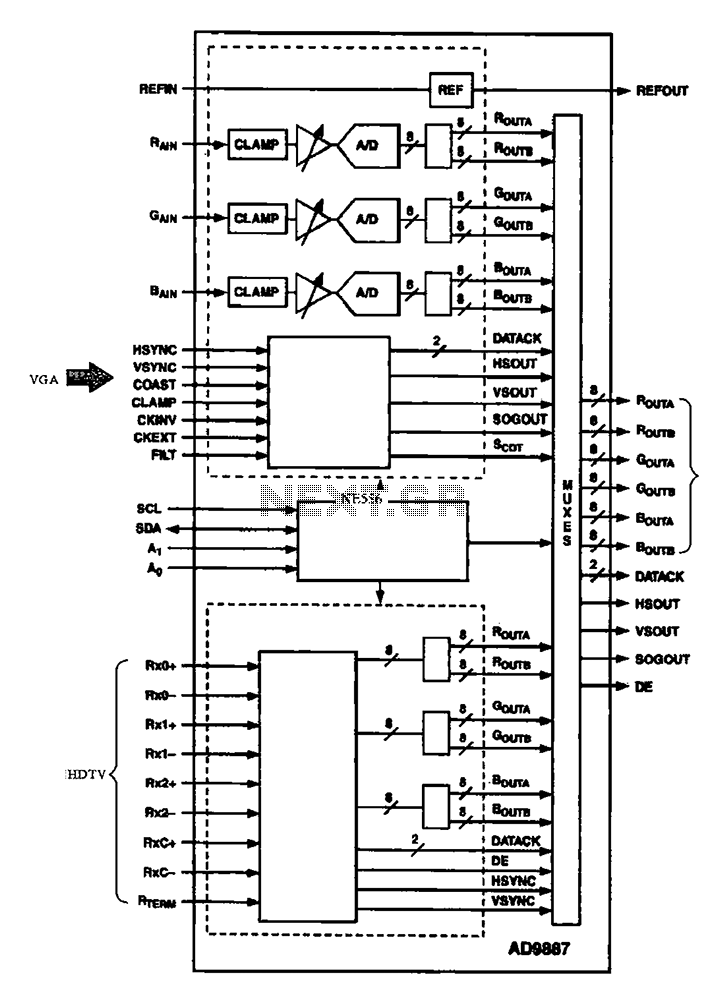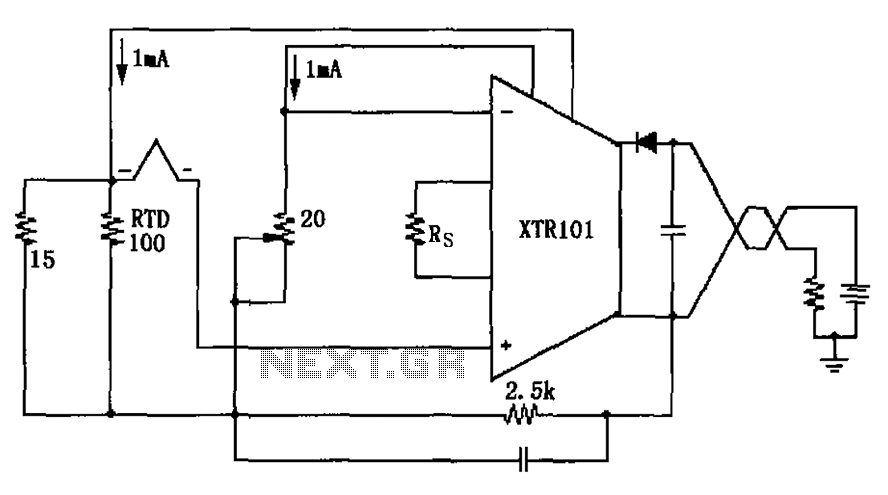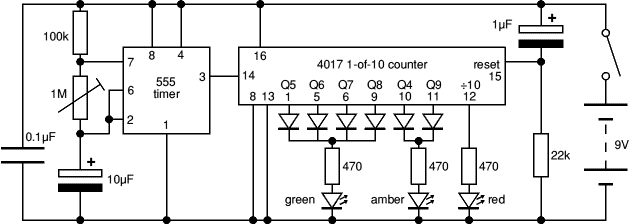
Incandescent switching circuit
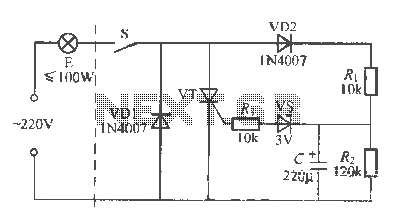
An incandescent lamp operates with a two-wire connection and features a life extension open circuit. It has a longer warm-up time compared to other types of lamps, resulting in a significant delay before illumination. Upon closing the switch, a 220V AC supply is applied, and the negative half-cycle is directed through diode VD1. This energizes the lamp, placing it in a semi-pressure warm-up state. During the positive half-cycle, the current flows through diode VD2 and resistor R, charging the capacitor until the voltage across it exceeds 3V. At this point, the breakdown voltage of the voltage regulator tube and thyristor VT is reached, allowing the piezoelectric light bulb to receive power. The warm-up time is primarily determined by the values of the regulator and capacitor, typically around 2 seconds. Thyristor VT can be triggered with a small current, using components such as the 2N6565 or similar. The voltage regulator is a 3V, 1/2W Zener diode, and there are no specific requirements for other components.
An incandescent lamp circuit designed for life extension utilizes a two-wire connection, integrating a warm-up mechanism to enhance operational longevity. The circuit operates on a standard 220V AC supply, where the switch closure initiates the flow of current. The negative half-cycle is conducted through diode VD1, energizing the lamp while placing it in a semi-pressure warm-up state.
During the positive half-cycle, the AC current is routed through diode VD2 and resistor R, which serves to charge the capacitor. The capacitor accumulates charge until the voltage across it surpasses the critical threshold of 3V. At this juncture, the voltage regulator tube and thyristor VT reach their breakdown voltage, allowing current to flow through the piezoelectric light bulb, thereby illuminating it.
The warm-up time is a crucial aspect of this circuit, primarily influenced by the values of the voltage regulator and the capacitor. Typically, the warm-up duration is approximately 2 seconds, which is essential for achieving optimal lamp performance. The thyristor VT, which can be triggered with a minimal current, can be substituted with components such as the 2N6565 or other similar micro-way thyristors. The circuit incorporates a 3V, 1/2W Zener diode as the voltage regulator, ensuring stable operation. Additional components do not have specific requirements, allowing for flexibility in the design while maintaining efficient functionality. This schematic design effectively balances performance and efficiency, making it suitable for applications where gradual illumination is preferred.Incandescent is a two-wire connection Life Extension open curse, i A warm-up time than its H K, so scorpionfish life bubble E is quite pregnant. After closing the Ji Guan S, 220V AC only negative 3F week by VD1, S E energizing the lamp made of light, this time for the semi-pressure warm-up state. AC positive half cycle through the VD2 and R. ., R dividing the capacitor (- charging until the voltage across C L rose to more than 3V , it will be behind the breakdown voltage regulator tube vs thyristor VT opened, then only Mou piezoelectric light bulb E electricity. Half way press Warm-up time mainly by the regulator and vs value of the capacitor C determines the capacity of the data when asked preheat icon about 2s .VT can trigger current small micro-way thyristor trigger, such as 2N6565, MC, R100 -type 8 etc.
.vs is 3V, 1 / 2W Zener diode. no special requirements other components.
An incandescent lamp circuit designed for life extension utilizes a two-wire connection, integrating a warm-up mechanism to enhance operational longevity. The circuit operates on a standard 220V AC supply, where the switch closure initiates the flow of current. The negative half-cycle is conducted through diode VD1, energizing the lamp while placing it in a semi-pressure warm-up state.
During the positive half-cycle, the AC current is routed through diode VD2 and resistor R, which serves to charge the capacitor. The capacitor accumulates charge until the voltage across it surpasses the critical threshold of 3V. At this juncture, the voltage regulator tube and thyristor VT reach their breakdown voltage, allowing current to flow through the piezoelectric light bulb, thereby illuminating it.
The warm-up time is a crucial aspect of this circuit, primarily influenced by the values of the voltage regulator and the capacitor. Typically, the warm-up duration is approximately 2 seconds, which is essential for achieving optimal lamp performance. The thyristor VT, which can be triggered with a minimal current, can be substituted with components such as the 2N6565 or other similar micro-way thyristors. The circuit incorporates a 3V, 1/2W Zener diode as the voltage regulator, ensuring stable operation. Additional components do not have specific requirements, allowing for flexibility in the design while maintaining efficient functionality. This schematic design effectively balances performance and efficiency, making it suitable for applications where gradual illumination is preferred.Incandescent is a two-wire connection Life Extension open curse, i A warm-up time than its H K, so scorpionfish life bubble E is quite pregnant. After closing the Ji Guan S, 220V AC only negative 3F week by VD1, S E energizing the lamp made of light, this time for the semi-pressure warm-up state. AC positive half cycle through the VD2 and R. ., R dividing the capacitor (- charging until the voltage across C L rose to more than 3V , it will be behind the breakdown voltage regulator tube vs thyristor VT opened, then only Mou piezoelectric light bulb E electricity. Half way press Warm-up time mainly by the regulator and vs value of the capacitor C determines the capacity of the data when asked preheat icon about 2s .VT can trigger current small micro-way thyristor trigger, such as 2N6565, MC, R100 -type 8 etc.
.vs is 3V, 1 / 2W Zener diode. no special requirements other components.
